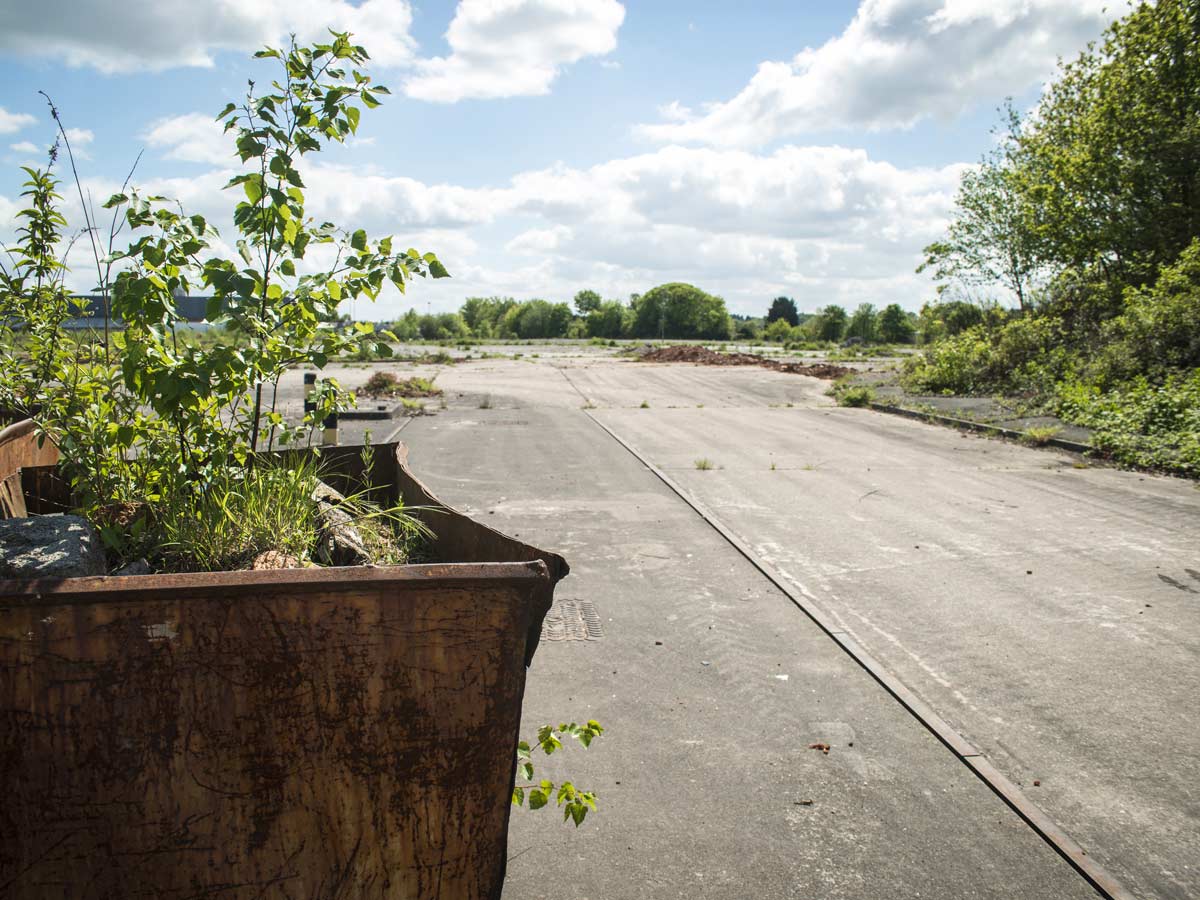People, planet, prosperity: Working together towards a sustainable future
Innovation Issue 35: Fall 2021
Field of vision: Revitalizing brownfields sustainably

Field of vision: Revitalizing brownfields sustainably

Across North America, industrial and commercial activity has left contaminated sites – such as old gas stations, factories or even defunct dry cleaners – sitting empty. Dwindling land supply in cities has property developers, planners and governments trying to reclaim and remediate these former industrial and commercial sites, which are called brownfields.
Urban planning professor Christopher De Sousa has been researching brownfield redevelopment in the U.S. and in Ontario and leads the ReActivate Lab.
Succeeding with sustainability
Many brownfield sites can be turned into market-driven residential and commercial developments. Sometimes, these projects will include sustainable aspects like building for energy efficiency or incorporating solar power. The projects could also add to the social sustainability of the neighbourhood through affordable housing or community centres.
Successful, sustainable brownfield projects are often driven by local governments and non-profit organizations, professor De Sousa found as he researched 24 innovative projects for his recently published book, Sustainable Brownfield Development: Building a Sustainable Future on Sites of our Polluting Past. He cites how a predominantly Black American sorority group in Portland, Oregon turned a dilapidated gas station into a sustainable community space, and how non-profits in Boston came together to devise a project that included community benefits such as affordable housing and green space. Several of the successful projects had received seed funding from a U.S. federal agency, and professor De Sousa says such investment can be important for envisioning and facilitating sustainable project aspects.
Professor De Sousa also found that some sustainable elements like natural spaces and green buildings are more appealing to consumers and taxpayers and easier for developers to embrace. Other aspects of sustainability, such as social justice initiatives and affordable housing, can be more challenging. He says that while consumers and taxpayers are willing to pay for green amenities, there is less demand for other sustainable features.

Some of the other key points professor De Sousa shares in his book include the need to be mindful of market viability and the importance of community input. He further notes that in many cases, adapting old buildings for reuse rather than just demolishing them is an option, and that “greening” can be a part of almost all brownfield developments, regardless of the planned end use.
Brownfields in Ontario
In professor De Sousa’s current research on brownfield development in Ontario, which includes a recent article in the Canadian Journal of Urban Research (external link) , he discovered that it’s much more market-driven in this province. “Unlike the U.S., there are few state or federal drivers of support,” he said. “Ontario’s done a good job on the cleanup side but not so much on the finance side.” As a result, his research has found that in Ontario, brownfield redevelopment success depends on the strength of the local market and municipal ability to support such projects, leading to the unequal result of some municipalities having had successful projects and others not. “If they want to improve brownfield development, they need to invest in how to improve municipal capacity to deliver support to the development community,” he said.

Many brownfield sites can be turned into market-driven residential and commercial developments. Sometimes, these projects will include sustainable aspects like building for energy efficiency or incorporating solar power.

Support for professor De Sousa’s research projects has been provided by the U.S. Environmental Protection Agency, the Social Sciences and Humanities Research Council of Canada and Ryerson University.